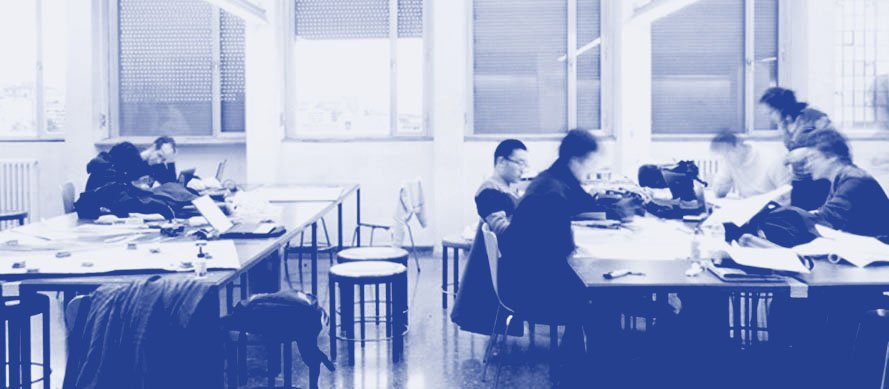Certainties
Traditional techniques, geometry, data, reliable information, references.
Uncertainty
Intrinsic to the process of ideation, to architectural design, to the construction of a drawing, to technologies as yet unknown, and to opinions.
If there is something that brings us together in this world of architectural representation, it is the CERTAINTIES offered by traditional techniques, drawing, digital drafting, the narrative of a shared language, the surveying of reality, geometry, and manual linework. We cling to traditions, to what we know and accept as true. Certainties comfort us.
But if there is something else we also share in common—those of us involved in this discipline from which we learn and which we aim to teach—it is UNCERTAINTY. To make architecture means to navigate uncertainty, trial and error, sketching, variations—all manifestations of the uncertain, of that which is not final.
We set out to design, to create, to imagine while looking toward an unknown place, of which the only thing we can be sure is that it will change. In her book El temps de la promesa (Ed. Anagrama, 2023), Marina Garcés writes: “…we say we expect nothing, that we live in uncertain times, that no one knows what will happen or what the next imminent accident or catastrophe will be. And yet, even so, we hope and long for something…”
To be a professor is, by nature, to believe in the future—the future that our students will shape. To teach architecture is to equip students with the tools to create what does not yet exist. To be an architect is to be comfortable with uncertainty.
Whether in the field of surveying architectural heritage, the geometric speculation of form, or computational design, we have entered a phase where we are forced to work between certainty and uncertainty. We have not yet defined what the certainties are, what is reliable and can support our proposals. Nor have we clearly identified the unpredictable—but it is clear that we must acknowledge, in our practice, that the paths we follow are highly uncertain.
It seems reasonable to question the value of new technologies, and it would be unwise to adopt them blindly. But the university cannot avoid the discussion. We must take a stance so that the integration of the new serves to maintain—and, if possible, enhance—the quality of architecture. This means that such change must represent progress, not regression, in the training of future architects. We must find the positions from which to work. What we cannot afford are prejudices or preconceptions.
We find ourselves, then, at the perfect crossroads: aiming to find the tools to discard, affirm, or consolidate certainties, to put information in its place, and to turn uncertainty into a crack through which creativity can emerge.
EGA26 aims to be a collective sharing of what each individual or group has researched, tested, questioned, or discarded through their work in architectural representation. We propose a platform from which we can explain and listen to one another, and from which we can move forward into the next phase.


